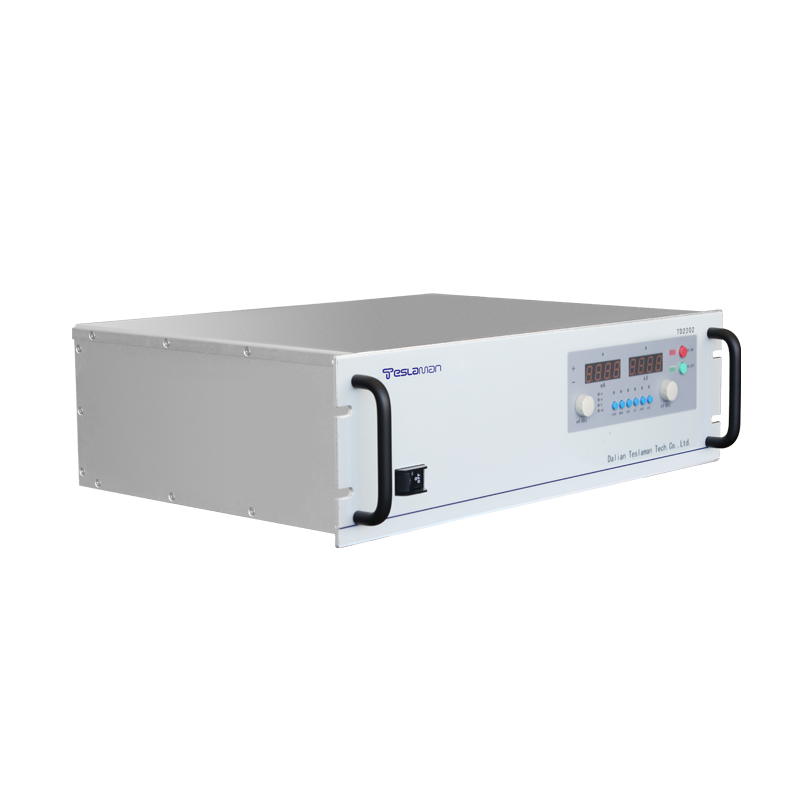Optimization of Pulse Waveform for Coating Pulse High Voltage Power Supply
In the field of coating technology, the performance of the pulse high voltage power supply plays a decisive role in the coating quality. Among them, the optimization of the pulse waveform has become a key link to improve the coating effect.
The pulse waveform directly affects important parameters such as ion energy, ion bombardment frequency, and deposition rate during the coating process. Different coating materials and process requirements demand specific pulse waveforms that are adapted to them. For example, in some metal coating processes, the pulse waveform is required to provide a high energy ion beam to ensure that metal atoms can firmly adhere to the substrate surface, forming a dense and strongly adherent film layer. For some organic coating materials, too intense ion bombardment may damage the molecular structure of the organic matter. In this case, a more gentle pulse waveform with precise energy output control is needed.
There are many factors that affect the pulse waveform of the coating pulse high voltage power supply. The circuit topology inside the power supply is one of the fundamental factors. Different circuit designs, such as the type of switching elements used and the parameter configuration of inductors and capacitors, will result in differences in the output pulse waveform. For example, the use of high speed switching devices can achieve faster pulse rise and fall edges, and a suitable combination of inductors and capacitors can shape the pulse waveform and reduce ripple. In addition, the load characteristics are also factors that cannot be ignored. During the coating process, as the film layer is gradually deposited, the resistance, capacitance, and other characteristics of the load will change, which in turn will affect the pulse waveform output by the power supply. If the power supply cannot adapt to the load changes in a timely manner, the pulse waveform may be distorted, affecting the coating quality.
To achieve the optimization of the pulse waveform of the coating pulse high voltage power supply, a series of technical means are widely used. On the one hand, advanced circuit design technology is the core. By using a complex feedback control circuit, the output pulse waveform is monitored in real time and adjusted according to the preset ideal waveform. For example, the introduction of a digital signal processor (DSP) or a field programmable gate array (FPGA), with their powerful computing and logic control capabilities, can precisely control the switching elements of the power supply, thereby generating a pulse waveform that is closer to the ideal shape. On the other hand, intelligent algorithms are used to optimize the pulse waveform. Such as genetic algorithms, particle swarm optimization algorithms, etc. These algorithms can search for the optimal solution among numerous possible waveform parameter combinations according to the actual needs of the coating process to achieve the best coating effect. At the same time, optimizing the electromagnetic compatibility of the power supply is also very important. Reducing the internal and external electromagnetic interference of the power supply can avoid the contamination of the pulse waveform by interference signals and ensure the purity and stability of the waveform.
The optimized pulse waveform has brought significant benefits in actual coating production. In the field of optical coating, the precisely optimized pulse waveform makes the optical performance of the film layer more stable, and indicators such as reflectivity and transmittance can more accurately meet the design requirements, improving the quality of optical lenses and other products. In the coating process in semiconductor chip manufacturing, the optimized pulse waveform helps to form a uniform and high quality insulating or conductive film, improving the yield and performance of chips.
In conclusion, the optimization of the pulse waveform of the coating pulse high voltage power supply is a comprehensive technical problem, involving many aspects such as circuit design, load matching, algorithm optimization, and electromagnetic compatibility. By continuously exploring and applying new technical means to achieve precise optimization of the pulse waveform, it will inject strong impetus into the development of the coating process and promote related industries to a higher level.




















